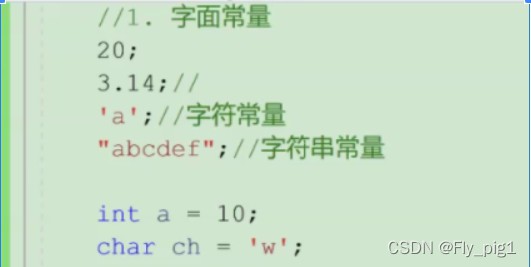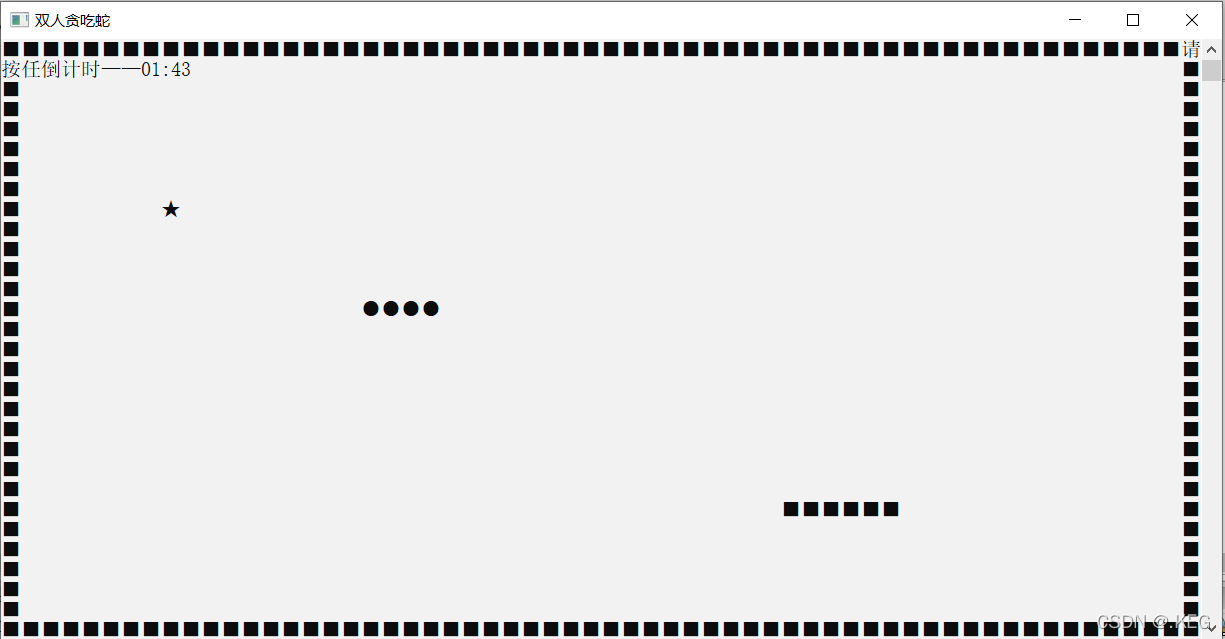Topological sort using DFS without recursion(使用没有递归的 DFS 进行拓扑排序)
问题描述
I know the common way to do a topological sort is using DFS with recursion. But how would you do it using stack<int> instead of recursion? I need to obtain the reversed post-order but I'm kinda stuck:
The graph is a vector<vector<int> > adjacency list
The following is the DFS which I want to use for topological sort
bool visited[MAX]={0};
stack<int> dfs, postOrder;
vector<int> newVec;
vector<int>::iterator it;
for(int i=0;i<MAX;i++){
if(visited[i]==false){
dfs.push(i);
}
while(!dfs.empty()){
int node=dfs.top();
dfs.pop();
visited[node]=true;
newVec=graph[node]; //vector of neighboors
for(it=newVec.begin();it!=newVec.end();it++){
int son=*it;
if(visited[son]==false){
dfs.push(son);
}
}
}
}
In order to construct the postOrder list you need to know the time when your algorithm has finished processing the last child of node k.
One way to figure out when you have popped the last child off the stack is to put special marks on the stack to indicate spots where the children of a particular node are starting. You could change the type of your dfs stack to vector<pair<bool,int>>. When the bool is set to true, it indicates a parent; false indicates a child.
When you pop a "child pair" (i.e. one with the first member of the pair set to false) off the stack, you run the code that you currently have, i.e. push all their children onto the stack with your for loop. Before entering the for loop, however, you should push make_pair(true, node) onto the stack to mark the beginning of all children of this node.
When you pop a "parent pair" off the stack, you push the parent index onto the postOrder, and move on:
vector<vector<int> > graph;
vector<bool> visited(max);
stack<pair<bool,int>> dfs;
stack<int> postOrder;
for(int i=0 ; i < max ; i++){
if(!visited[i]){
dfs.push(make_pair(false,i));
}
while(!dfs.empty()){
pair<bool,int> node=dfs.top();
dfs.pop();
if (node.first) {
postOrder.push(node.second);
continue;
}
if (visited[node.second]) {
continue;
}
visited[node.second]=true;
dfs.push(make_pair(true, node.second));
const auto& newVec=graph[node.second]; //vector of neighboors
for(const auto son: newVec){
if(!visited[son]){
dfs.push(make_pair(false, son));
}
}
}
}
Demo on ideone.
这篇关于使用没有递归的 DFS 进行拓扑排序的文章就介绍到这了,希望我们推荐的答案对大家有所帮助,也希望大家多多支持编程学习网!
本文标题为:使用没有递归的 DFS 进行拓扑排序


基础教程推荐
- 为什么派生模板类不能访问基模板类的标识符? 2021-01-01
- 如果我为无符号变量分配负值会发生什么? 2022-01-01
- 为什么 typeid.name() 使用 GCC 返回奇怪的字符以及如 2022-09-16
- 我应该对 C++ 中的成员变量和函数参数使用相同的名称吗? 2021-01-01
- GDB 显示调用堆栈上函数地址的当前编译二进制文 2022-09-05
- 为什么 RegOpenKeyEx() 在 Vista 64 位上返回错误代码 2021-01-01
- 初始化列表*参数*评估顺序 2021-01-01
- 通过引用传递 C++ 迭代器有什么问题? 2022-01-01
- 非静态 const 成员,不能使用默认赋值运算符 2022-10-09
- CString 到 char* 2021-01-01

















